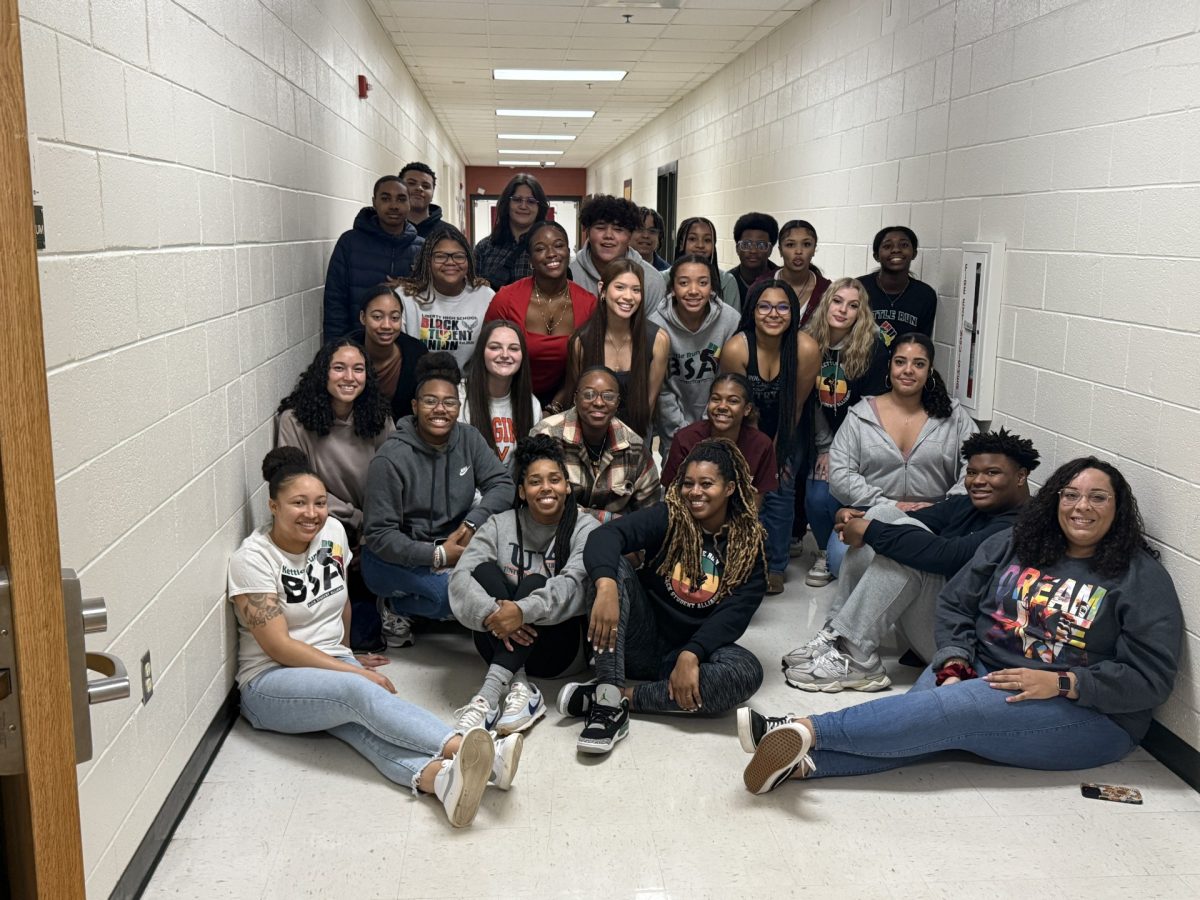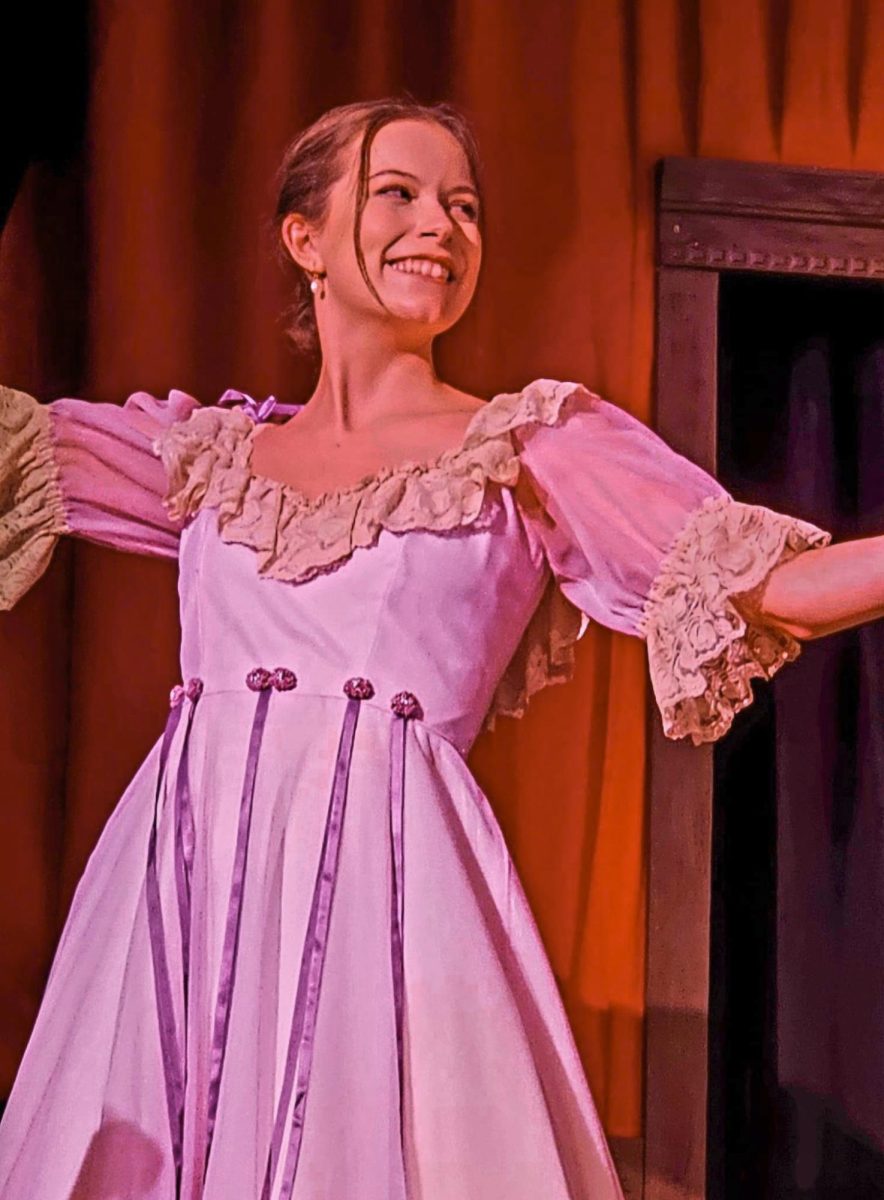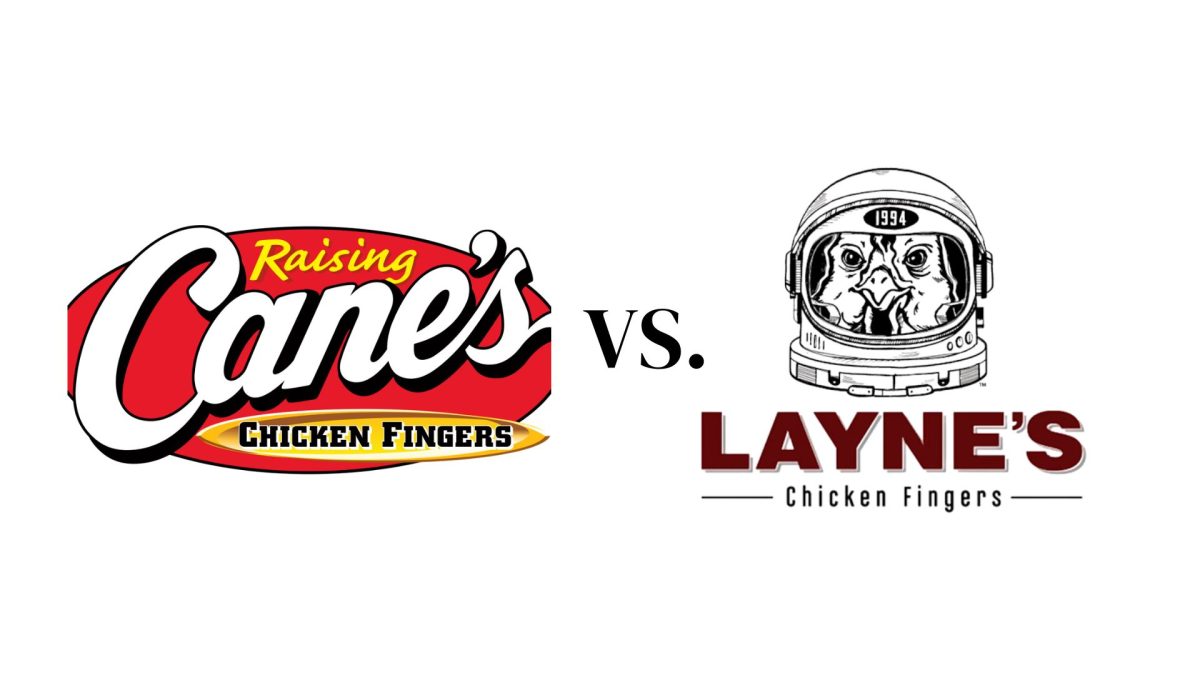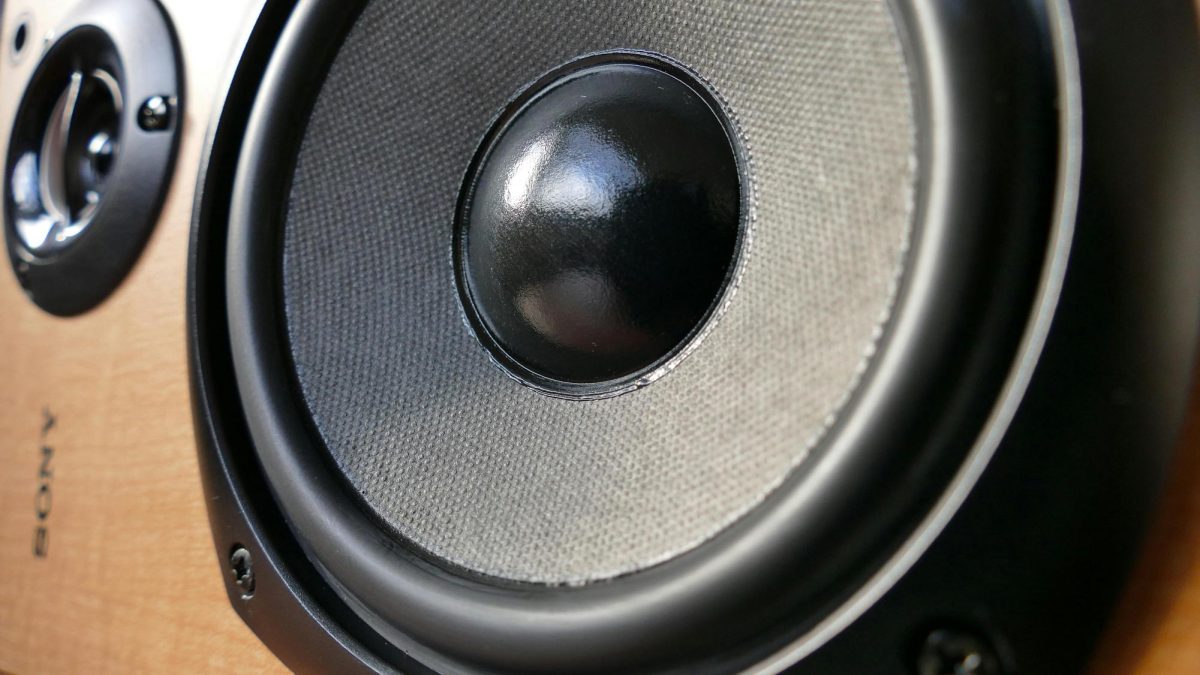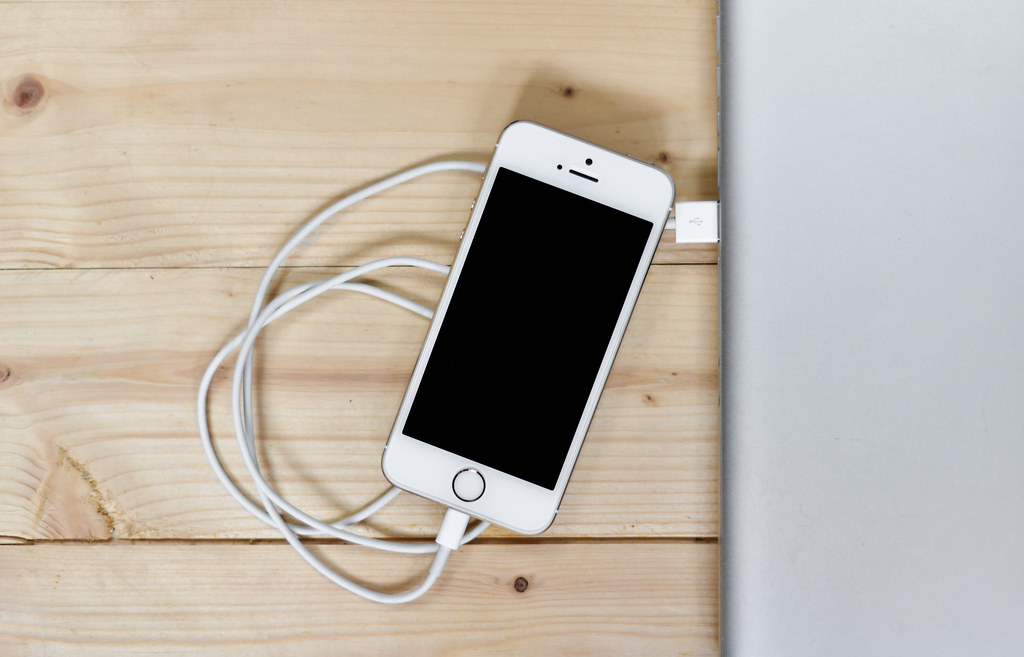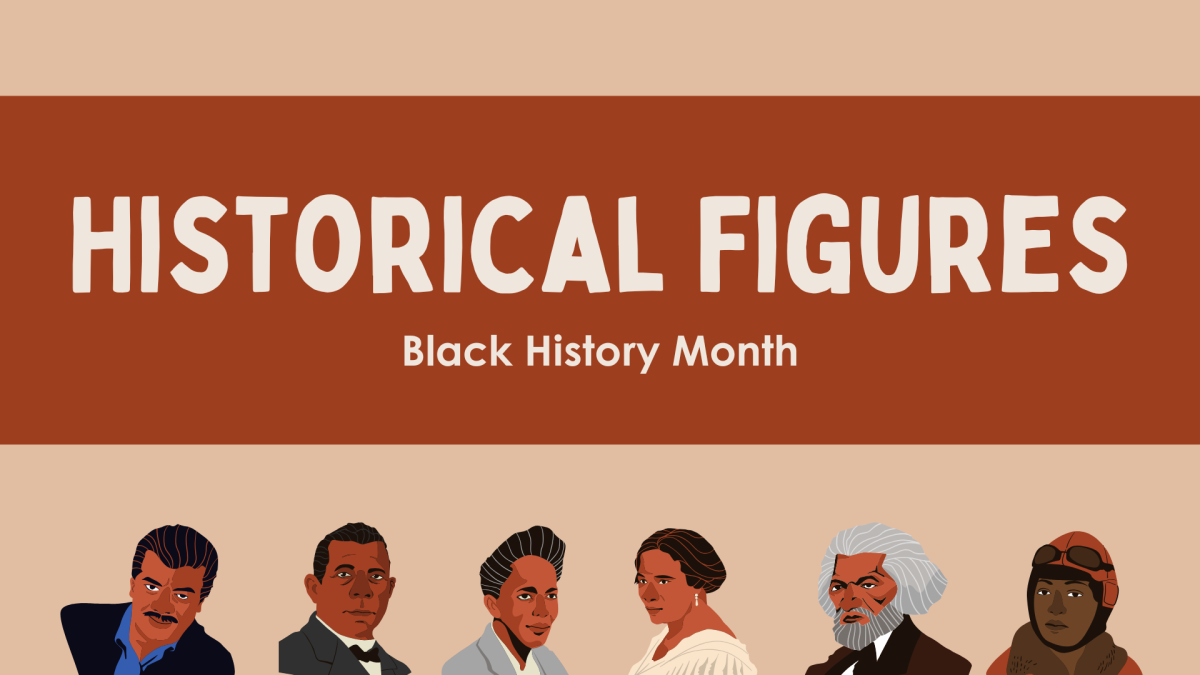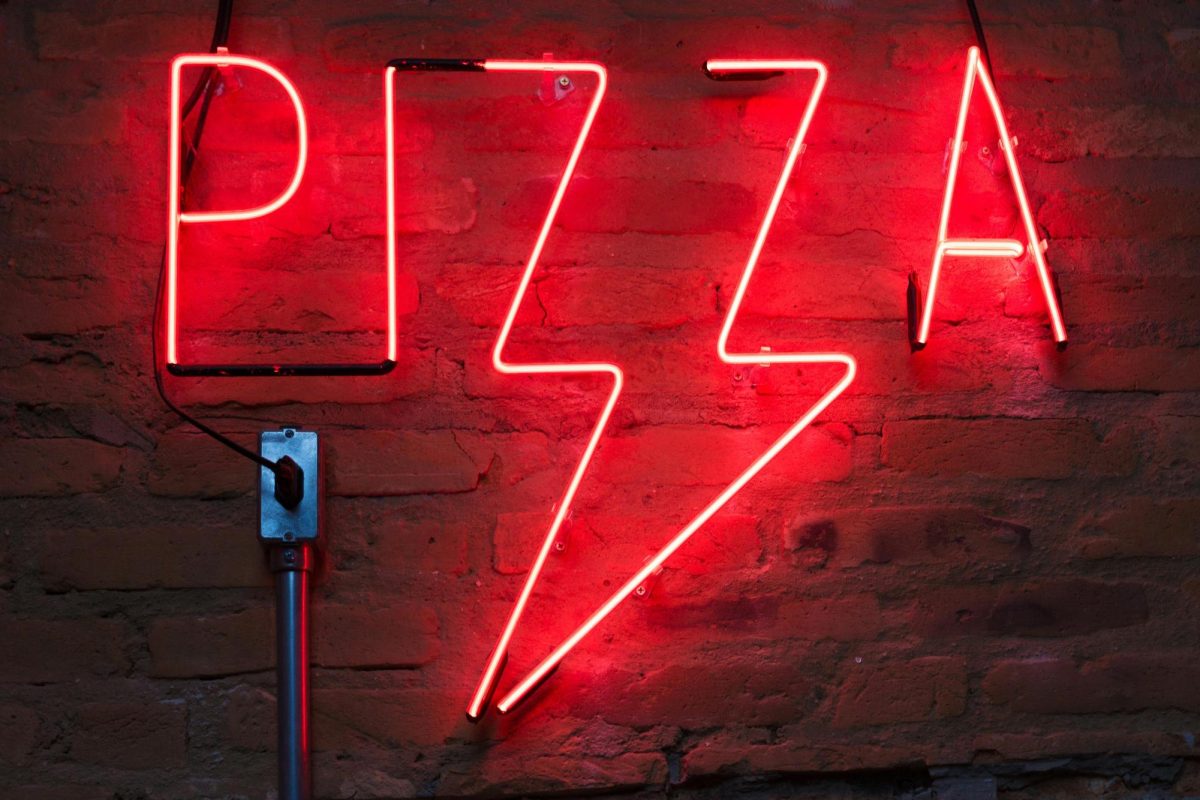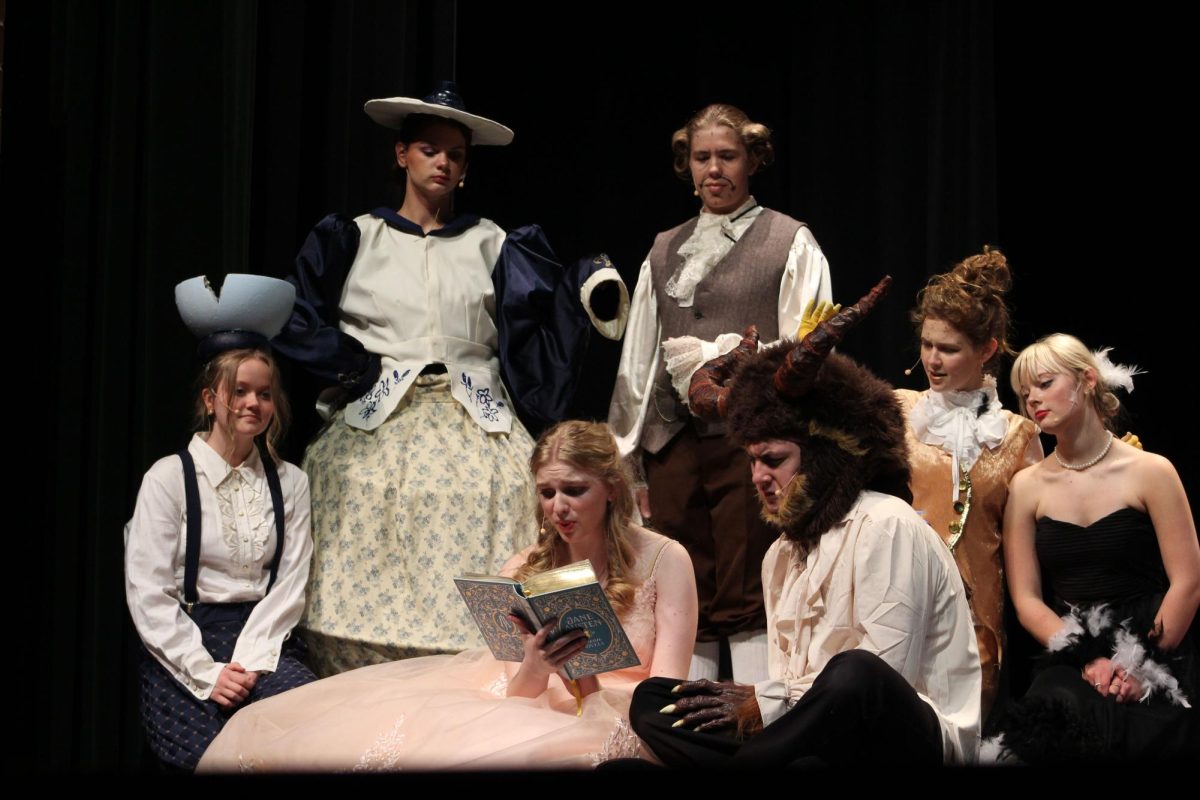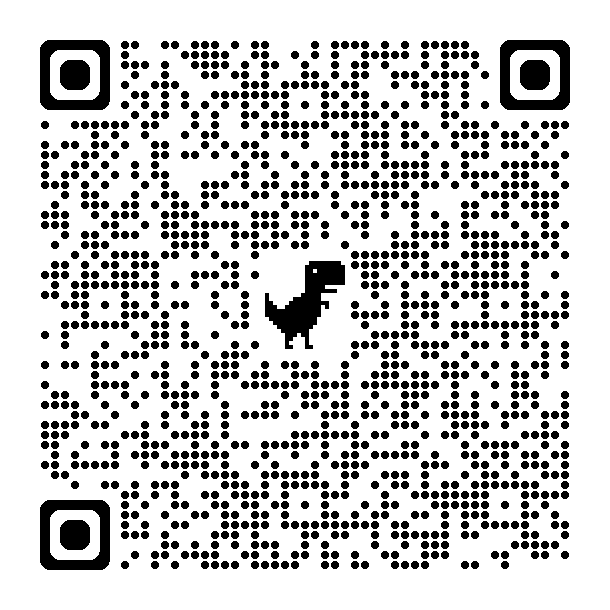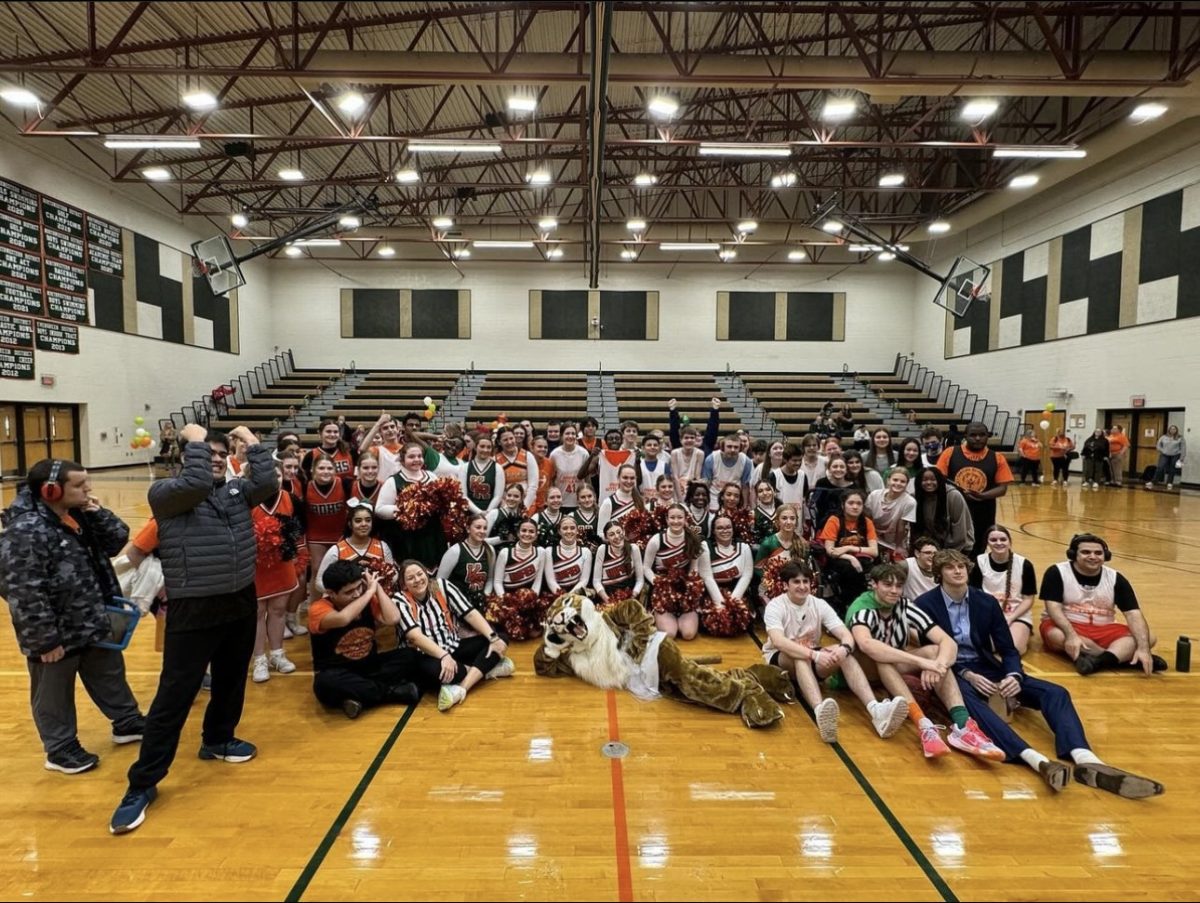Is It True Learning or Just Busy Work?
Differences of learning to students and teachers
It’s proven, colors help students learn, but is assigning arts and crafts to high school students effective learning or busy work? The assignment of work is seen differently by students and teachers. Students see some work as fillers, while teachers see them as effective learning. But are worksheets, foldables, posters, and more helping students or turning them away from learning?
The majority of students can be categorized in two sections, as visual and auditory learners. Visual learners tend to struggle with directions given verbally. According to Pearson Practice Hall, 65 percent of students are visual learners. These students retain material more effectively when handed charts, infographics, maps, pictures and are more likely to pass a test when they are able to see the information, rather than being told it. “I used to have students copy notes from an overhead projector and it was hard for students to remember the information. Students would get bored and never look at them. Then I presented the information in the PowerPoints and make them interactive. This helped, but still students would get bored,” said Earth Science teacher Tammy Hagan.
On the other end of the spectrum are auditory learners. Most auditory learners don’t need to take notes to pass a test, they would rather listen to a lecture and recite information back to the teacher. Auditory learners will rely more heavily on mnemonics, songs, and rhymes to remember information.
In our classroom we are left with one student that fits into neither visual or auditory learning. This student constitutes 5 percent of the population and is called a kinesthetic learner. Kinesthetic learners benefit neither from lectures or demonstrations, but rather by doing. These students, while a small fraction, are high energy and have above average touch memory, meaning these students are better taught in hands-on classrooms. “Then I found foldables! I love foldables! They help organize information to make the information easier to understand and remember. Students are first taught the information through discussion, then use the textbook as a resource to create the foldable. This allows for time for students to absorb and work with the information. Pictures are always added! Foldables cover the visual and kinesthetic learners through organizing the information and adding the pictures,” said Hagan.
Like students learn differently, they also see learning differently. Students defined what they saw to be busy work, and were asked to differentiate between busy work and project based learning. “Busy work to me is unnecessary worksheets that reinforce what we’ve already practiced past the point of mastering a concept. When busy work is assigned, the teacher is normally unengaged with the class and the students have to complete the work by the end of class or for homework,” explained junior Nicole Gray. “I get assigned busy work in a few classes but definitely not every one, almost never in AP classes.”
“I classify busy work as being given worksheets that don’t really pertain to what we are learning in class,” stated senior Leah Kuhlberg. “I wouldn’t say coloring was busy work but it’s based on the class. For a class like English, it’s busy work, but for a class like Sports Med it makes sense because you’re able to color code parts of the body and use it as a memorization tactic.”
“I’d say busy work is work that a teacher assigns to occupy us while they have other things to do instead of teaching us in a more hands on way,” said junior Ffiona Coulson.
Now, worksheets, and coloring pages, are different from project based learning. Project based learning focuses on researching a topic assigned in class and taking an educated stance on the issue. “I don’t like it, I’m the kind of person that has to actually be taught the information; it’s almost impossible for me [to learn that way],” said Kuhlberg.
“I feel like project based learning is when a teacher assigns a project that will help students learn material that can only be learned by research and studying, but busy work is work assigned with no educational purpose other than to keep students occupied. Like worksheets with lots and lots of repetitive problems where the time it takes doesn’t correlate to the amount they’re learning,” Coulson said.
Just like beauty is in the eye of the beholder, the effectiveness of project based learning, and the definition of busy work, are different for all who participate in them.



